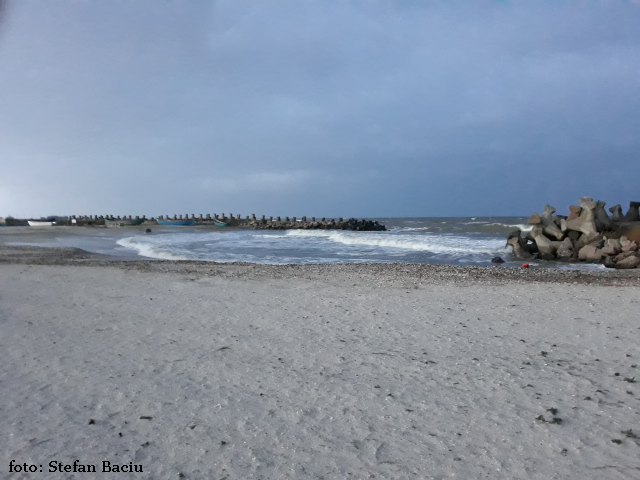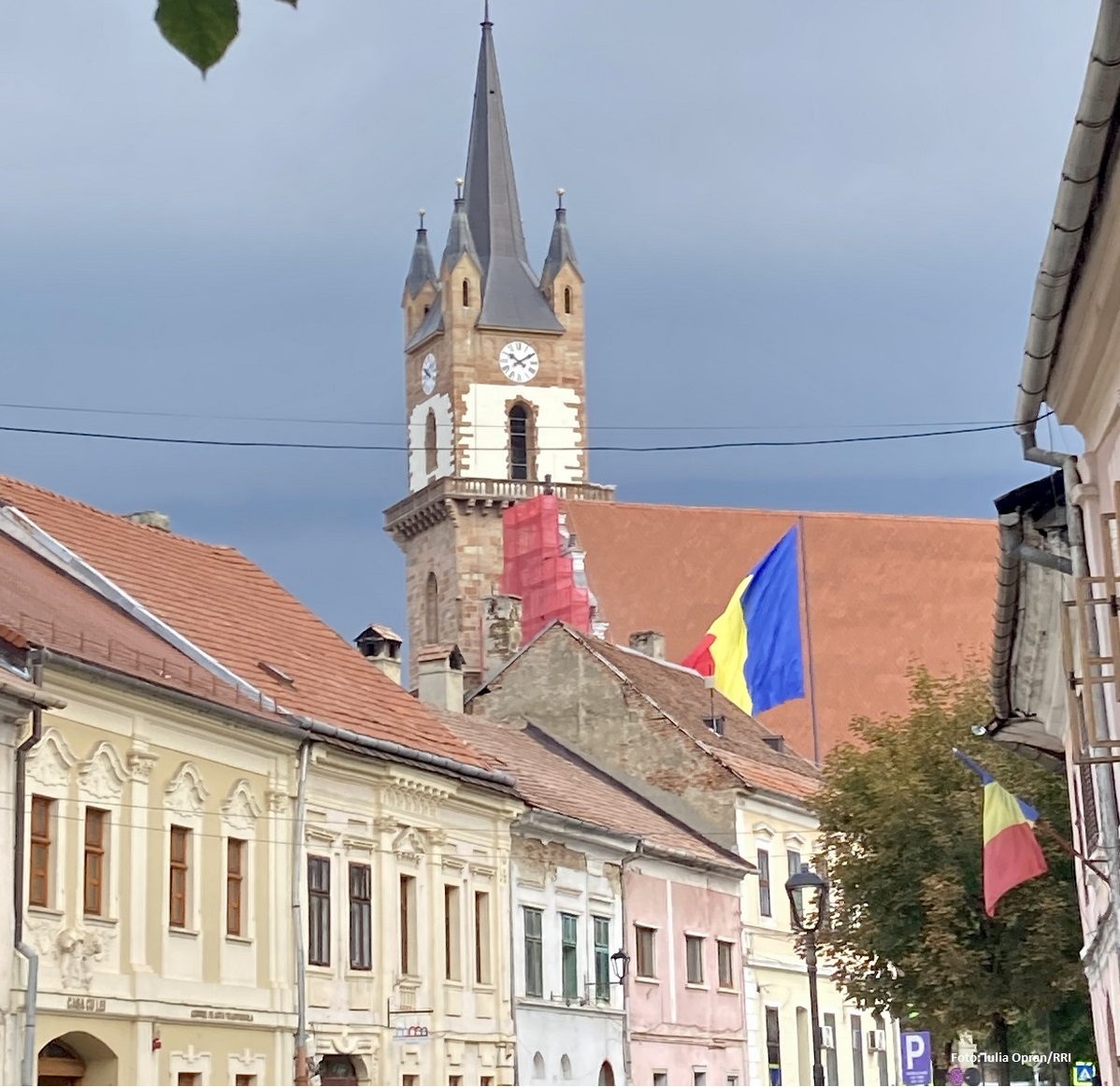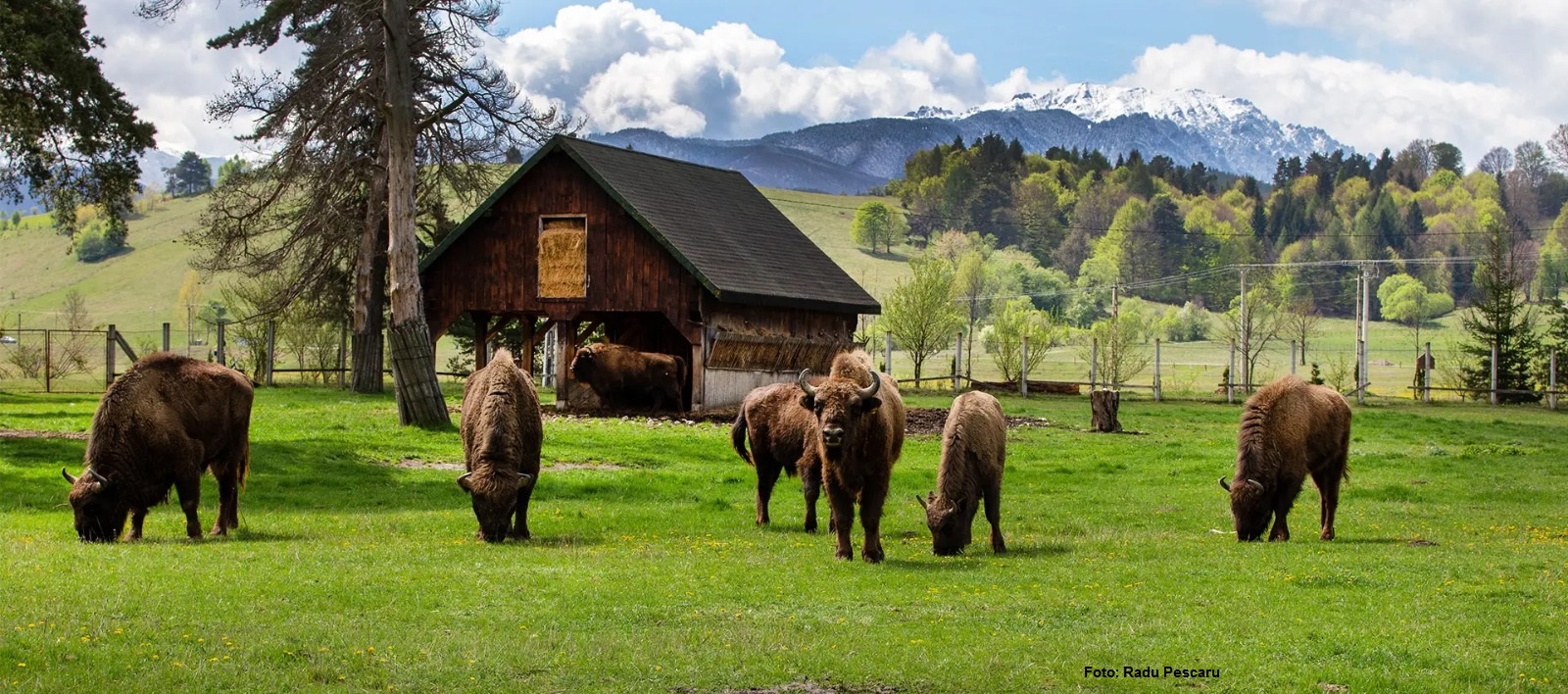Early Autumn in the Delta
The Danube, second largest river in Europe in length, creates one of the most beautiful deltas in the world

Ștefan Baciu, 15.09.2022, 13:38
The Danube, second largest river in Europe in length, before flowing into the Black Sea, creates one of the most beautiful deltas in the world. In order to do this, the river flows through 10 countries and four national capitals. The Danube Delta was declared a biosphere reservation in the year 1990, and is one of Romania’s most important tourist destinations. The Danube Delta biosphere reservation is a part of UNESCO’s heritage, and stretches over 580,000 ha, including the Razim-Sinoe laguna complex. The Delta is outlined and defined by its three major canals: Chilia, Sulina, and Sf. Gheorghe. The northernmost one, Chilia, has a length of 120 km, and brings into the Black Sea almost 60% of the water debit of the Danube. The southernmost one, Sf. Gheorghe, almost 70 km long, is only fit for river navigation. The middle canal, Sulina, 64 km long, was long ago identified by the European Danube Commission as the only one fit for sea to river navigation. As such, its course underwent several corrections, straightening its riverbed between 1862 and 1902. The resulting increase in naval traffic led to an increase in the importance of the economic role of Sulina, the town close to the Black Sea, and as such the easternmost in the European Union. The heyday of the town was between 1870 and 1938, when it flourished as a cosmopolitan location, with 7 consulates and 22 ethnic communities. Witness to this past are the churches and funeral stones in the old cemetery, the lighthouse, and the palace built for the European Danube Commission.
Irrespective of season, the Danube Delta is a great destination for special tourism, scientific or adventure tourism, or any other kind of tourism. The end of summer and early autumn are attractive for a different kind of thrill seeking travelers. Most tourists come here during the summer to relax and take in the clean air and scenery. During this time of the year, however, it is more of a venue for people who come to observe the birds, be they the ones preparing to fly away for winter, or the ones arriving here to winter. This year, however, the level of the canals and lakes in the Delta are very low, due to the unusual drought throughout the basin. This was conspicuous to all that have visited the Delta this summer, including the lakes south of the three main canals.
One unique place here is Gura Portitei, which used to be open to water bound traffic between the sea and the lake system. In the 1970, this throughway was closed, in order to reduce the salinity of the lakes, which were slated to be turned into giant fisheries. Even after the lakes were dammed in, cutting off Golovita Lake from the Black Sea, Gura Portitei remained an attractive destination for vacation goers. In the 1970s, a camping ground was set up here, with vacation houses on stilts, right on the strip of sand that separates the Black Sea from the now fresh water lakes inland, 40 to 60 m wide. Tourist amenities have evolved ever since, including a fishery station, and is still one of the most remote tourist destination at the Romanian seaside. Here we met Codrut Cursaru, manager of the tourist complex here, sporting traditional white and blue houses with thatched roofs, traditional in the Delta.
“This place stands apart in the landscape of the Romanian seaside. First of all, there is no hustle and bustle as you see everywhere else. People who come here seek tranquility. Once in a while we get daring souls who come here by bicycle, and for the last 10 years or so we have had a regular bike tour. We are separated from the rest of the seaside by a 10 km portion that is fairly difficult to navigate, but the people with enough patience find here a good place to rest. They bike through the village of Vadu, then, armed with a lot of patience, they can get here. This is a strictly car free area, it is closely protected. The only motor vehicles are the small tractors we use for cleaning, and the border police have a couple of cars that monitor the area. Most people circulate by boat. Getting here takes about 30 minutes, by boat, but this year, due to the low level of the waters, they have been getting here only by speed boat.
While sailing across the lakes on the west and north side of the Delta, visitors can admire the many kinds of birds calling this home. Here is Codrut Cursaru:
“The most visible are pelicans and swans. At the same time, to our surprise, over the last few years, we have a proliferation of jackals. We hear them at night during the spring, when we come here to prepare for the tourist season. Also, interestingly, for the last 6 or 7 years we have here a small herd of horses. I can hardly call them wild, they are at home here, but they migrated here from other areas and settled down.
A Danube Delta vacation cannot be complete without the traditional culinary preparations typical of the area, which predictably is fish based. Over 10 years ago, for the purpose of conservation, Romania banned the fishing of sturgeon in the Danube Delta, but tourists can still enjoy fish farm raised specimens. In Gura Portitei we spoke to Nae Parpala, a local culinary expert with a lot of knowledge regarding the cooking of everything fish:
“When grilling a sturgeon, we have to hold it over the heat for three minutes on each side, no more than that. It is about the same as a beef steak. That is when it is juicy. We also have a special sturgeon stew, laden with vodka. You take about half a pound of sturgeon, sliced thinly, and separately mince garlic, chop fresh dill, and set aside a bit of vodka. After melting a bit of butter in the pan, we throw in the minced garlic, without letting it brown. Then we add a bit of white wine. Then we add in the sliced sturgeon, and then we reduce it for a bit, and that is when we throw in the vodka. That is when we flambe the fish, and then we just add in the chopped fresh dill, and that’s it.
The Danube Delta is preparing for the autumn. Right now, the waters are very low, and on the horizon, birds are teaching their chicks to fly in formation for the upcoming migration. As the water levels keep dropping, the Danube Delta starts being visited by birds from the Arctic. Some of them just have a short stopover, before moving on to warmer lands, others arrive here to spend the entire cold season.






























